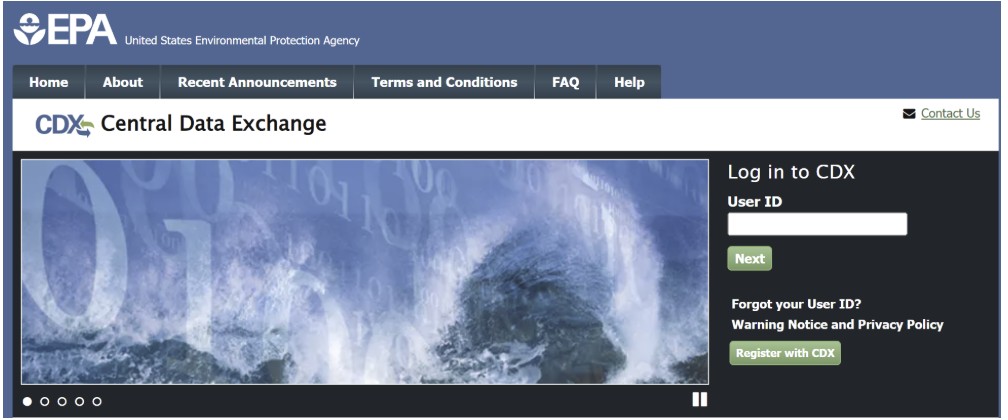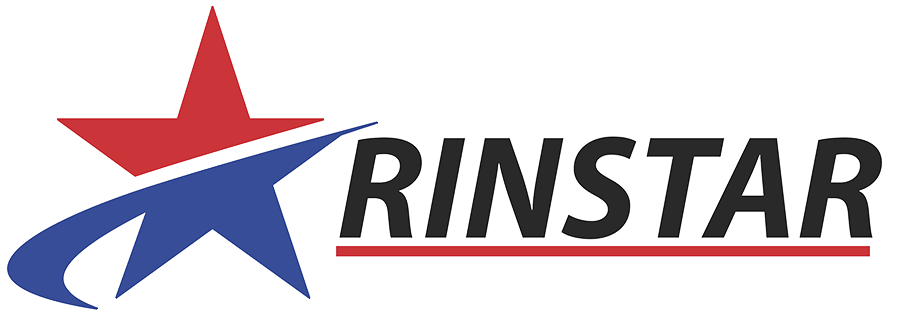Registering a renewable fuel production facility with the EPA is a foundational step for participating in the RFS program and generating valuable RINs. This registration ensures that your facility, feedstocks, and production methods comply with federal regulations. While the process can be detailed and requires attention, this RINSTAR guide breaks it down into easy and manageable steps.

Part 1: Pre-Registration Preparation
Before you begin the online application, gathering all the necessary information and documentation will make the process significantly smoother.
Information and Documents to Collect
Company Information: Legal company name, address, tax ID number, and contact details for key personnel.
Responsible Corporate Officer (RCO): You must designate an RCO. This individual is a senior officer of the company with the legal authority to bind the company and will be held responsible for the accuracy of all submitted information.
Facility Details: The physical address of the production facility, its nameplate production capacity, and a detailed description of the production process.
Fuel Pathway Information: You must identify the specific fuel pathway(s) you will be using. A pathway consists of three components:
- Feedstock:
The raw material used (e.g., corn starch, soybean oil, used cooking oil, landfill biogas). - Production Process:
The technology used to convert the feedstock into fuel (e.g., transesterification, anaerobic digestion, hydrotreating). - Fuel Type:
The final renewable fuel produced (e.g., ethanol, biodiesel, renewable natural gas).
Independent Third-Party Engineering Review: This is arguably the most critical component of your registration package. You must hire a licensed Professional Engineer (PE) who is independent of your company to conduct a thorough site visit and review. The PE will verify your facility’s production processes, feedstocks, and capacity, and prepare a detailed report that must be submitted to the EPA.
Part 2: The Step-by-Step Registration Process
The entire registration process is handled electronically through the EPA’s Central Data Exchange (CDX) portal.
Step 1: Create a CDX Account
The Central Data Exchange (CDX) is the EPA’s primary portal for all electronic reporting. If you don’t already have one, your first step is to create an account.
- Navigate to the CDX website (cdx.epa.gov).
- Click “Register with CDX” and follow the prompts to create your user account.
- During setup, you will be asked to add a program service to your account.
Select the “OTAQREG: Fuels Registration” service (OTAQ stands for Office of Transportation and Air Quality). - You will need to complete an Electronic Signature Agreement (ESA) to be able to sign submissions legally.
This can sometimes involve a paper-based identity verification process that can take a few days, so plan accordingly.
We previously wrote detailed articles about how to sign up for CDX and how to get an EPA ID.
Step 2: Complete the Registration Forms in OTAQREG
Once your CDX account is active and the OTAQREG program service is added, you can begin the application.
- Log in to CDX and navigate to the OTAQREG section.
- Start a New Registration – You will be prompted to register your company first,
entering the general corporate information you gathered earlier. - Add a Facility – After the company is registered, you will add your specific
production facility. This is where you will input the bulk of the technical details. - Define Fuel Pathways – You must explicitly list each fuel pathway your facility is
approved for. For example, if you produce biodiesel, you might register the pathway:
Soybean Oil -> Transesterification -> Biodiesel.
You must have an approved pathway for every type of RIN you intend to generate.
Step 3: Upload Supporting Documents
Within the OTAQREG portal, you will be required to upload all supporting documentation with the most important upload being the full report from your Independent Third-Party Engineering Review. Ensure the file is a clear and legible PDF. You may also need to upload other documents, such as business registration certificates or permits, as requested.
Step 4: RCO Review and Submission
Before final submission, the designated Responsible Corporate Officer (RCO) must log in to the OTAQREG portal to personally review, certify, and electronically sign the entire registration package. This step officially attests to the accuracy and truthfulness of the information provided.
Step 5: Await EPA Review and Respond to Inquiries
After the RCO submits the package, it goes into a queue for an EPA regulator to review.
- Review Time: This process can take anywhere from a few weeks to several months,
depending on the complexity of your application and the EPA’s workload. - Request for Information (RFI): It is common for the EPA to have questions
or require clarification. They will send an RFI through the CDX portal.
It is important to respond to these requests promptly and thoroughly
to avoid significant delays.
Part 3: Post-Registration Activation and Compliance
Congratulations! Once the EPA has approved your registration, your work is just beginning.
Facility Activation
The EPA will activate your company and facility in their systems and issue official EPA Company and Facility IDs. You are now officially recognized as a renewable fuel producer under the RFS program.
EMTS Account Setup
Registration in CDX does not automatically create your RIN transaction account. You must now set up an account in the EPA Moderated Transaction System (EMTS). This is the system where you will actually generate RINs for your produced fuel and conduct transactions.
Ongoing Compliance
Registration is not a one-time event. To maintain good standing, you must adhere to ongoing compliance requirements, including:
Registration is not a one-time event. To maintain good standing, you must adhere to ongoing compliance requirements, including:
- Quarterly Reporting: Submitting reports on RIN generation and transactions.
- Annual Reporting: Submitting an annual report summarizing all RFS-related activity.
- Quality Assurance Program (QAP): Enrolling your fuel pathways in a QAP with an independent third-party auditor is highly recommended to ensure the validity of your RINs.
- Annual Attest Engagements: Hiring an independent auditor to perform an annual audit of your RFS program compliance.
We have previously written about breaking down reporting requirements and timeline.
By carefully following these steps and maintaining diligent records, you can successfully navigate the EPA registration process and become an active participant in the Renewable Fuel Standard program.
How RINSTAR Can Help
At RINSTAR, we know that registering your facility for the EPA’s RFS program can feel overwhelming but you don’t have to do it alone. Once your CDX account is created, our team can guide you through every step, from setting up your company and facility IDs to preparing supporting documentation or recommending an Independent Third-Party Engineering Reviewer. We also help streamline ongoing compliance by organizing quarterly and annual reporting, EMTS transactions, and audit preparation.
With RINSTAR’s tools and expertise, you can move through the registration process with confidence and focus on producing renewable fuel, while we help keep your compliance on track.
📩 Have questions? Reach out at services@cfch.com or schedule a demo to see how RINSTAR can support your compliance journey.
